What is music theory?
Music theory aims to create a system understanding how sounds interact with each other. With this system, musicians can communicate their ideas to one another. That sounded way to formal, but music theory has a tendency to make things more complicated if you try to learn it the wrong way.
Why learn music theory?
There was music well before the concept of music theory.
So you might be wondering why you even need to learn music theory?
If you pick up a traditional music theory book taught in college classes, you think to yourself do I even need to learn half the stuff in this?
I would probably say, “No, not yet.”
However, understanding music theory and its core concepts are essential to growing as a musician. And the core concepts can be learned fairly quickly.
Do you want to learn why a certain song sounds sad, why this beat is so happy and cheery, or how to solo over a chord progression? These are all things that understanding music theory will help with.
You can learn music theory on your own and applying it to your own instrument.
It is my goal in this article to help guide you to the things you need to understand the things you need to learn and show you how not to learn music theory through my own journey.
My Music Theory Learning Journey: A guide on how to not learn music theory
I thought you would be interested in my journey of learning music theory so you don’t make the same mistakes that I do.
So as a kid, I took piano lessons for a short period of time. That introduced me to notation and learning to read it, albeit very slowly. I at least had the knowledge of basic notation.
Then, I stop learning the piano.
Fast forward a bit, and I pick up the guitar and never look at notation for a long time. I start to become interested in learning theory and how to improve my guitar improvisation and soloing. However, I needed to learn the fretboard and that was a hurdle that took a long time to overcome – middle school at this time.
In college, I take a rudimentary music theory class for audio production students. I ended up just learning many of the same things I hade previously learn – major/minor scale and chords.
Because I couldn’t apply the music theory easily to music endeavors, I begin to search to learn more and more advanced topics from a well-known music theory book taught in college music theory class.
It takes me months to go through 2 chapters. Even though it did help me engrain some of the fundamentals better, it didn’t feel like an efficient use of time. This was partly because I was still pretty slow with reading notation.
Having that extra level of abstraction, made it take longer to learn some concepts.
Even though I had this knowledge, I found it very difficult to apply to my instrument or productions.
I kept on thinking why this was.
But there was still something missing.
How do I apply this to my instrument or my productions in an interesting way?
How I Would Learn Music Theory Now
Through my journey of trying to learn music theory, I realized that there was a better way to learn music theory that was useful as a developing musician.
I found that if I focused on the right concepts in the right progression that it would help me learn much faster. It also turns out that you don’t need to endlessly study music theory before you get started with creating music.
In my case, I ended up making music theory a barrier to me actually making music, and I feel like that actually trying to make music and gradually incorporate the things I learned from helped me cement that knowledge in my head better.
Nothing breaks the creative flow more than having to stop and try to work out what notes are in the scale. After a lot of experimenting trying to make real music, it starts to become natural.
So, my recommendation is to simply learn the basics and get those cemented in your head.
Your next question is probably what are the basics?
- Notes
- The Major and Minor Scale
- Intervals
- Rhythm
- Major and Minor Chords
- Basic Chord Progressions
The thing is that these core concepts can probably be learned from watching a few Youtube videos, but most people get stuck in a place with music theory where it is all very mental, and they are working through the scale formulas and working out which notes or chords are in which key.
There is a place beyond that that comes from experience. It can be very similar to learning a new language if you have ever tried. When you first learn a new language it takes so much time to think of the word and connect it to already know concepts, but with time, everything becomes quicker and more natural. With English, you don’t have to stop and think about how to form a sentence. Grammar, verb conjugation, and words, just come out naturally. Music theory can eventually become like that for you.
My Music Theory Recommendations
Here are some recommendations that I would use to start learning music theory the right way. There are also some exercises to help you engrain this information to it come naturally to you.
While you are working through all of these resources, I would strongly recommend you practice or use the exercises along with an instrument. It is easiest to apply these concepts on a piano or a (midi) keyboard. Other instruments, such as guitar, will be a little difficult since the layout of a guitar’s fretboard it’s totally linear like a piano.
Andrew Huang: Learn Music Theory in Half an Hour
This video is a basic crash course in the fundamentals of music theory. This is one of the best self-contained single videos on the fundamentals that I have found on the web. Here is a little break down of the things he covers in this video.
- Notes
- Major Scale
- Chords
- The Scale Degrees (The Number System)
- Inversion
- Melodies
- Rhythm
That is a lot to take in!
He does a great job explaining all of the core concepts and giving you practice exercises after each section. I wouldn’t expect anyone to watch that video straight through and totally understand everything. I would definitely take watch that video step-by-step and work out some of the things he does while watching. I can imagine myself taking a few hours to watch it and to do the exercises.
Also, the exercises he recommends are very similar to the ones I am going to recommend at the end of this section, but you need to remember to practice this almost daily if you want to get to a natural level of understanding.
There are also parts he doesn’t explain as he goes more in-depth into a topic, but that is totally understandable because he can’t go in-depth and hope to cover everything in this single video. That he why he is offering this free crash course as an introduction to music theory for people interested in joining this music production course.
RECOMMENDED FOR: I recommend watching this video for people wanting to get a high-level understanding of music theory. He covers a lot of concepts to help you get familiar with music theory and goes in-depth just enough to give you some working knowledge of how to put it together.
HookTheory Books
Hooktheory has become one of the most innovative music theory education platforms this past decade. Many schools and universities are applying their approach to music theory to their curriculum.
The Hooktheory platform has interactive song transcriptions using the relative notation system (The number system), Hookpad, a songwriting toolkit, and now their interactive books on music theory, which are unlike any other music theory book in the world.
The book starts with the fundamentals to take you from zero-knowledge to a comprehensive level of understanding of how melody and chords work.

There great thing is that you don’t need to have have knowledge of traditional score notation to learn music theory. Hooktheory uses relative motivation and the number system to represent the concepts. Usually, if you want to learn music theory you first have to learn traditional notation, which is fine, but being able to read it fast enough to a level where it is not a hindrance can be difficult. The Hooktheory books totally remove that obstacle.
Book 1 Outline
- Building Blocks
- The Building Blocks of Music
- Relative Notation
- Chords
- Combining Chords & Melody
- Example / Exercises
- Harmony I
- The I Chord
- Basic Chord Function
- the vi Chord
- Examples / Exercises
- Melody
- Meter
- Stable vs. Unstable Scale Degrees
- Rhythmic Patterns
- Melodic Themes
- Examples / Exercises
- Harmony II
- The iii Chord
- The ii Chord
- Inversions
- Conclusion
Book 2 Outline
- Seventh Chords
- Extending Basic Chords
- Qualities of Seventh Chords
- Examples
- Inversions of Seventh Chords
- Secondary Chords
- The “V of V” chord
- The V of IV” and “V of vi” chords
- Inversions of Secondary Chords
- Other Secondary Chords
- Embellishments
- Extended Chords
- add9 Chords
- Suspensions
- V11 Chord
- Creative Techniques
- Energy Control
- Deception
- Harmonic Scope
- Songs in Minor
- A New Home Base
- Chord Function in Minor Keys
- Relating Major and Minor
- Modes and Modal Mixture
- Dorian Mode
- Mixolydian
- Modal Mixture
- Melody Over Borrowed Chords
- Modal Mixture in Minor
- Other Modes
Throughout the books, there are dozens of modern music examples that you can visually see how the melody and chords interact with each other.
On top of that, you can access Hookpad where you can experiment with the ideas you are learning about in the books. Hookpad had a limited free version that should be enough to get you started. The paid version is a fully-featured songwriting sketchpad, which worth it once you get to the level.
Here are some other benefits:
- Every concept is demonstrated through a real song (modern)
- 315 audiovisual examples
- 124 exercise to help reinforce learning
- Design to be used with Hookpad
Get started with HookTheory Books and start your musical journey.
MusicTheory.net
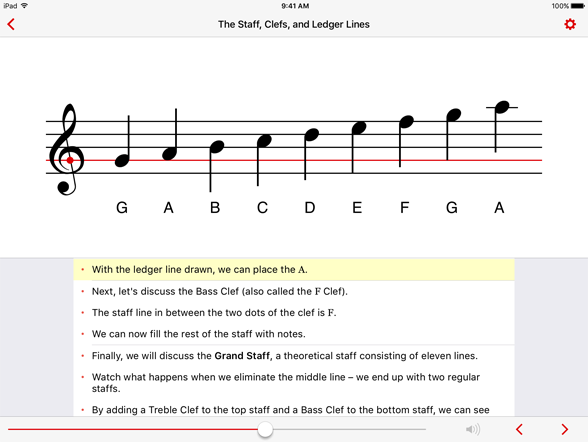
This is probably one of the most well-known free music theory resources. They have a ton of free lessons and exercises that follow traditional music theory.
RECOMMENDED FOR: I would recommend this a place to learn and practice traditional music notation. This is something that you should be at least familiar with and their exercises and lessons on keys are a good place to start.
Click Here To Visit Musictheory.net
Ear Master
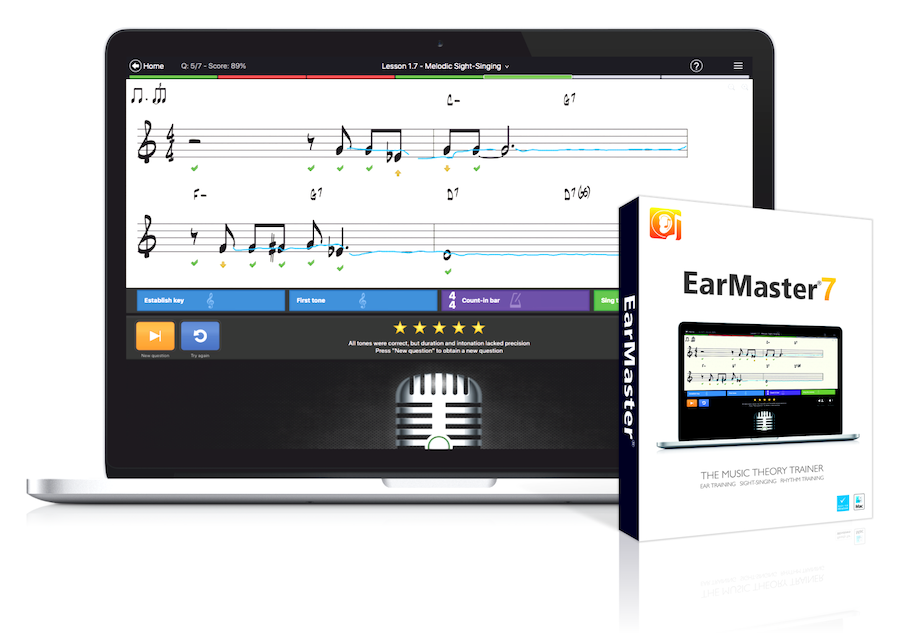
Proper ear training is an important part of learning music theory. How are you going to learn songs or jam with people if you can not hear the difference between major or minor chords or work out an interesting melody line that you have in your head?
Ear Master has over 2,500 music theory and ear training exercise to help you:
- Recognize, transcribe, and sing melodies
- Learn and Hear scales
- Learn and Hear Chords
- Create Rhythms
- Recognize Intervals
Get better aural skills and train your ears to help become a better musician.
Audible Genius: Building Blocks
Audible Genius, the people behind the incredible synth and sound design train program Syntorial, have created a modern approach to learning music theory and ear training in their Building Blocks Course.
They teach music theory in though the lens of a modern producer working in a DAW, which is closer to the way the modern musician creates music these days. There isn’t any music notation and you will be focusing on the piano roll.
You can take a look at the full course map here. (Be sure to click custom in the top-right corner to see a full outline)
Find out more at AudibleGenius.com
They are offering a free and unlimited pass to all their courses for 3 days if you sign up HERE.
Recommended Exercises and Practice Drills
I am going to recommend a few drills and exercises to help you drill in the fundamentals of music theory so you will be able to eventually apply the concepts without having to think about it.
Notes: Write out all 12 notes of the western 12-tone system. Do this a couple of times and find where they are on your instrument in every octave.
Keys and Scales: Play a single octave major scale in every root position while calling out the note name. Do the same for the minor scale.
Intervals: Go through every interval on your instrument. Play the first note of the interval then sing back the pitch of the second note and see if it matches.
Chords: Play the major scale as chords while calling out the name of each chord. Then do this for 1st and 2nd inversion.
Chord Progressions: Write out the chords and play the I IV V I in each key. Do this again with the I V vi IV progression, which is the most common chord.
Useful Apps
- Meludia Melody – Ear Training
- Tenuto – good for sight-reading and intervals and general music theory
- Musictools.app – This is a good reference list of all scales and modes in a key.
Related Questions
Do I need to learn to read sheet music?
No, you don’t need to learn to read sheet music or traditional notation. There are a few music theory resources that totally avoid using sheet music such as HookTheory and Building Blocks. It will benefit you to eventually learn this was you grow as a musician and have a deeper understanding of music or analyze classic compositions.
Can I learn music theory on my own?
Yes, you can most definitely learn music theory on your own. While it will be more difficult and will require more discipline on your part. I would recommend starting from the beginning and work through a single book or resource at a time so you don’t overload yourself. It will also be good to have a regular practice routine to drill in the concepts.
How can I learn music by ear?
You can learn music theory by ear by continual practice of actual music and ear training software such as Ear Master or Meludia. Learning to hear and transcribe a song by ear is the best practice, but also the most difficult. Start with an easy song like a nursery rhyme and work to more difficult songs from there.
Conclusion
Learning music theory is a life-long marathon that you shouldn’t try to rush. The single thing that will help you the most will to learn the fundamentals so well that you don’t have to think about it. That could be months or years, but it will eventually come with regular practice.
Hopefully, some of the resources and exercises I recommend will help you along your journey to master music theory.
If you have any other useful exercises or learning resources, recommend them in the comments.
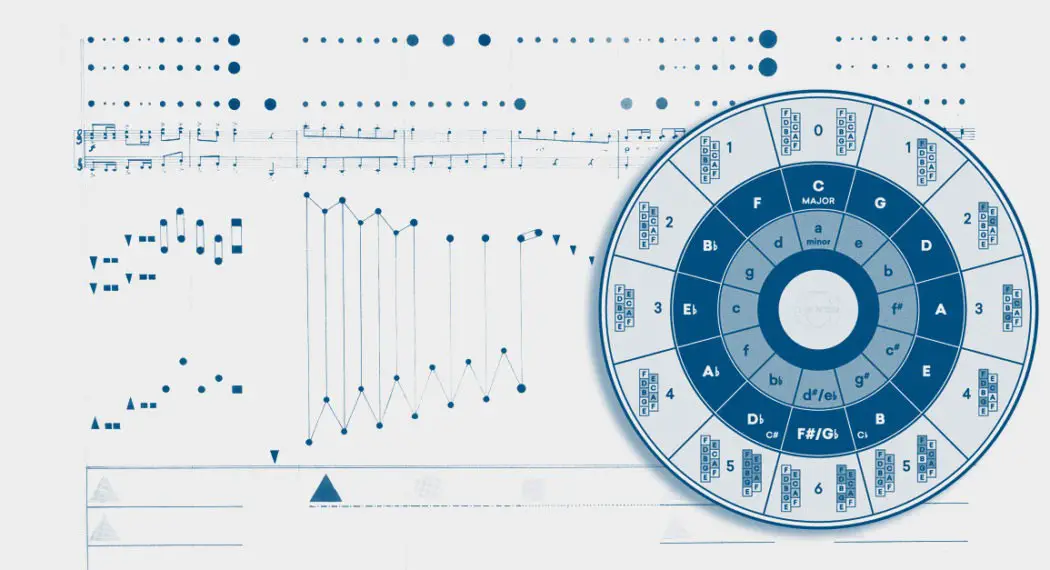
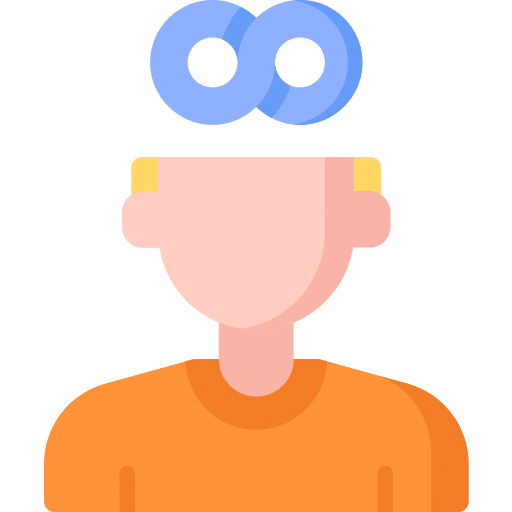
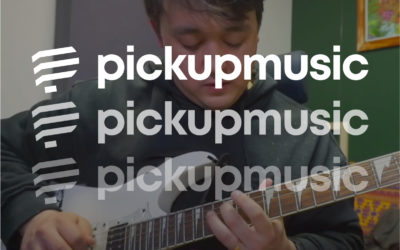
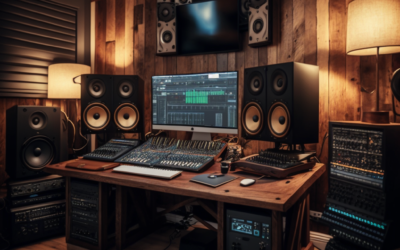
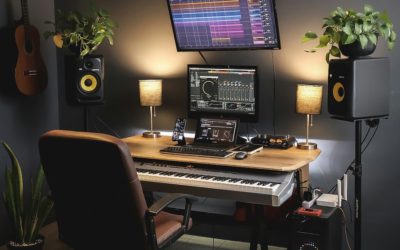
0 Comments